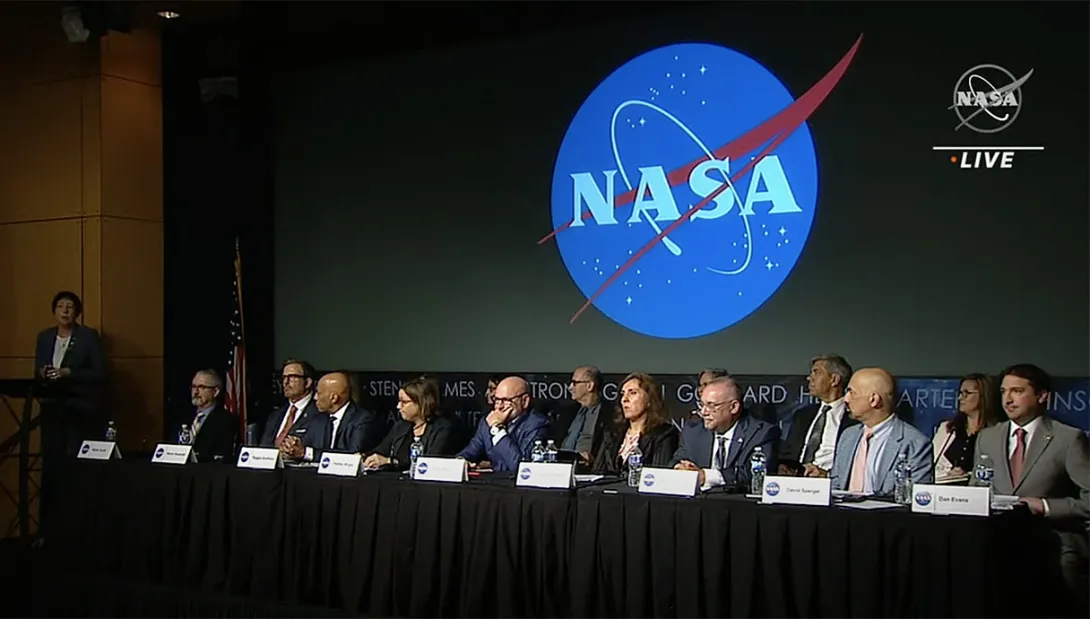1. Government-Led Observation Hubs
European UAP Monitoring Stations
In late 2023, the European Space Agency (ESA) announced plans for a network of automated UAP monitoring stations across several member states. These hubs will use high-resolution cameras, spectrometers, and radar arrays to capture real-time data on anomalous aerial objects.
- Why It Matters: By establishing standardized protocols across multiple countries, the ESA hopes to differentiate rare atmospheric phenomena from potential aircraft or technological prototypes.
- Shared Data Pool: The stations will feed into an open-access database, which scientists worldwide can analyze for patterns and correlations.
U.S. Interagency Collaboration
Following NASA’s 2023 UAP report, several U.S. agencies—including the FAA, NOAA, and the Department of Defense—formed a cross-departmental task force in 2024. This task force aims to streamline UAP incident reporting and information sharing, allowing different agencies to quickly cross-reference sightings in real time.
2. Rise of Citizen Science Apps
Crowdsourced Observations
A growing number of apps enable amateur skywatchers to record sightings, upload smartphone footage, and compare findings with nearby users. Some platforms integrate artificial intelligence for preliminary analysis—filtering out drone flights, satellites, and known celestial events.
- Examples:
- UAP Observer: Uses machine-learning algorithms to categorize potential sightings.
- SkyTrack Network: Provides real-time overlays of known aerial traffic to help users eliminate common false positives (planes, weather balloons, etc.).
Community and Transparency
The rapid adoption of these apps reflects the public’s desire for both transparency and collaboration. By making data collection easy and inclusive, they create a grassroots evidence base that government bodies, astronomers, and independent researchers can tap into.
3. Emerging Hotspots & Patterns
Global Patterns
Preliminary data from these new tools and networks suggest a spike in reports near major shipping routes and coastal regions. Researchers speculate that maritime weather fronts and the presence of advanced naval technologies might contribute to—or confound—these upticks.
Unexplained Clusters
Some inland areas, such as remote parts of South America and Australia, appear to experience consistent UAP activity. Ongoing field studies are evaluating whether geological factors like geomagnetic anomalies might influence sightings.
4. Challenges and Future Directions
Despite progress in data-gathering, understanding UAP remains a challenge. Many potential sightings lack sufficient corroborating evidence (like multi-sensor confirmations), leaving them unresolved. Nonetheless, the emergence of globally coordinated observation networks—both government-funded and citizen-powered—marks a major step forward.
Next Steps:
- Enhanced International Cooperation: Agencies from Europe, Asia, and the Americas will convene at a UAP summit in mid-2025 to establish best practices for data standardization.
- Machine Learning Upgrades: New algorithms are under development to further refine the classification of reported sightings, reducing false alarms and spotlighting truly anomalous events.
Conclusion: With an expanding global infrastructure for UAP monitoring, we’re entering a phase where “unexplained” doesn’t have to remain unexplained forever. These initiatives bring us one step closer to uncovering the nature of these elusive phenomena—whatever they may be.

Comments